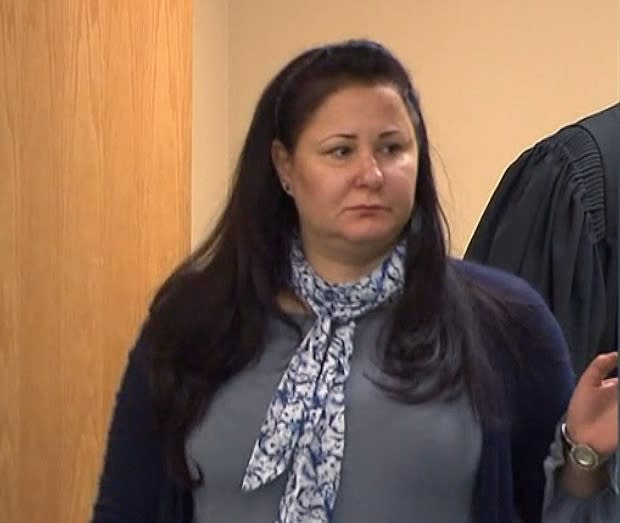Hyperbaric chamber possible source of Sorella sisters' suffocation, court hears
As the prosecution in the trial of Adele Sorella for the deaths of her two daughters wrapped up its case, a pathologist who conducted zeroed in on the most likely cause of their deaths — asphyxiation by oxygen deprivation.
Dr. Caroline Tanguay, the pathologist who conducted the autopsies on Amanda De Vito, nine, and her sister Sabrina, eight, said they likely suffocated in what she called a "closed environment."
A hyperbaric chamber in the home could possibly have been the source of that asphyxiation, Tanguay testified.

Sorella, 52, is facing two charges of first-degree murder in Quebec Superior Court for the March 2009 deaths of her daughters.
Tanguay told the court there was no trace of chemical or natural products that could have caused the girls' deaths, nor were there any physical injuries.
Tanguay told the jurors that in the absence of any clear physical evidence, she is faced with unexplained deaths, and she must then begin to eliminate potential causes of death, such as a poisoning or illness.
If there is still no explanation, Tanguay said, she proceeds to examine the environment where the deaths happened.
"On the scene there is a hyperbaric chamber that could be a closed environment," said Tanguay. "Therefore, it is possible to have that oxygen deprivation.
Sorella had a hyperbaric chamber in the family home to treat Sabrina's juvenile arthritis.
'Most probable theory'
Tanguay testified that she found liquid in the girls' bodies that develops after death.
"If they're not beside a window in direct sunlight, if they're not wrapped in blankets or beside a heater, then the hyperbaric chamber explains that at the time of death, how the temperature did rise [causing the liquid]," said Tanguay.
"I have nothing that states clearly, 'It's sure that this is the cause,'" said Tanguay. "But when you take everything together, [the hyperbaric chamber] is the most probable theory."
Tanguay's written report states that the unexpected and simultaneous deaths of two otherwise healthy young girls excludes, in all likelihood, deaths from a natural cause.
Crown prosecutor Nektarios Tzortzinas quoted that statement in his opening statement to the jury when the trial began in November.
Under cross-examination, defence lawyer Pierre Poupart asked Tanguay if she had a medical certainty as to what caused the girls' deaths.
"We cannot determine with absolute certainty the medical cause of death," said Tanguay.
But she said the environment where the bodies were found can tell the story.
Tanguay used the example of a recent case where a baby was found stuck between a mattress and the wall, with a pillow on its head.
"In my report, I'll write that even though the autopsy cannot determine the exact cause of death, the environment can explain the death, because the baby was found in a suffocating environment, and that position could explain the death," said Tanguay.
Sorella's defence team will now begin calling witnesses, with the first to testify scheduled for Thursday.
The case is being heard by Superior Court Justice Sophie Bourque and a jury of six men and six women at the Laval courthouse.

